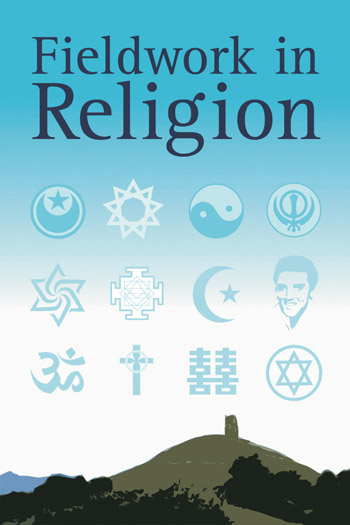Reviews
Threaded throughout these empirical chapters, in addition to a fascination with everyday vernacular religion and belief, are concerns about legitimacy and authority, the relationships between them, and their negotiation in practice. These help bind what might easily have been a somewhat disparate suite of contributions into a satisfyingly cohesive whole. A whole which becomes, as a consequence, something more than the sum of the parts.This collection also raises some interesting, and potentially productive, prospects and questions.
Folklore








